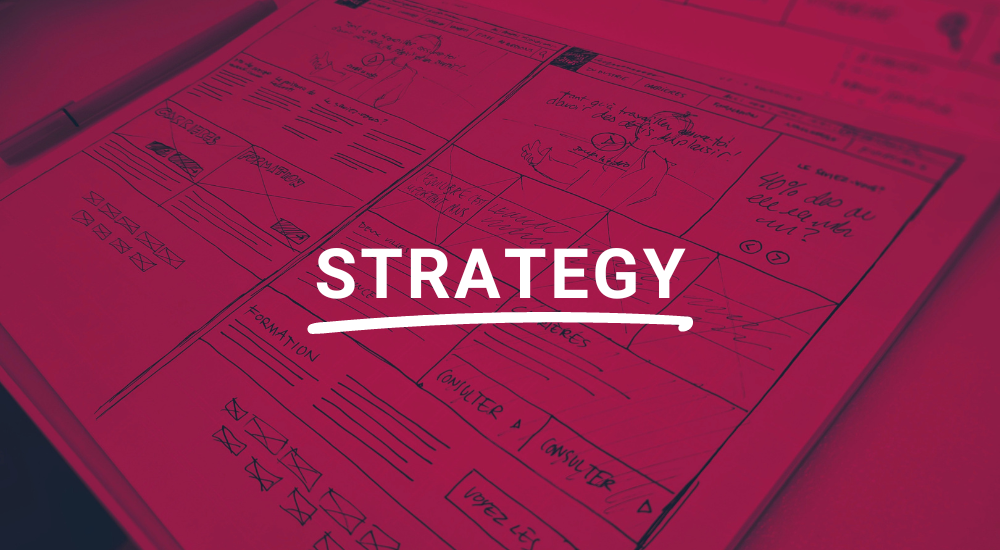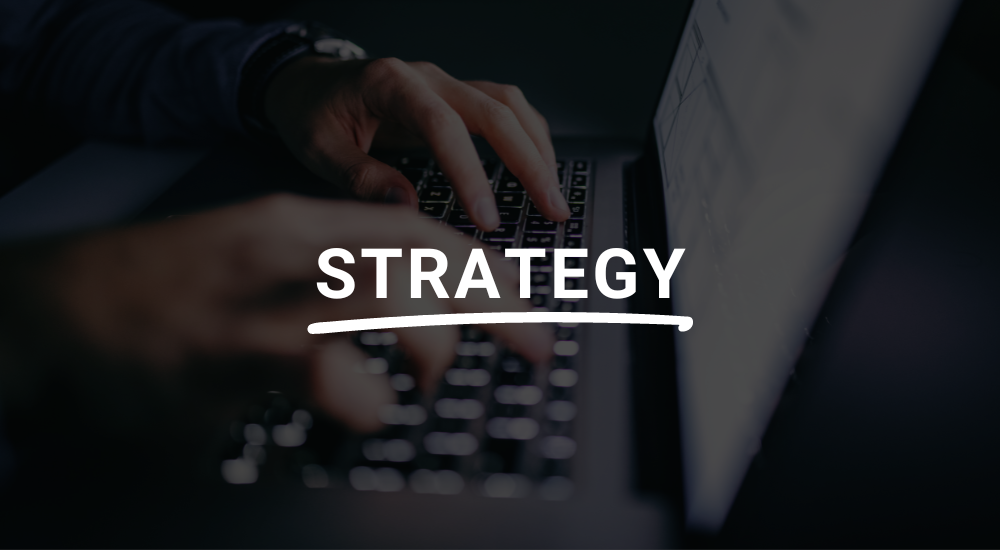How could your team design its own new ways of working? What questions to ask? Where to begin?
The short version
Three simple steps:
If you need more details, continue reading…
The long version
Replace all open discussion or brainstorming with a structured process that leads to more ideas, clearer decisions, and better outcomes.
Here’s what the design of a New Ways of Working Ideation session could look like.
Setup
- Organize a 2–3 hour session (depends a bit on the size of your team and the amount of time needed for presentations…see below)
- Get your team together, physically or virtually.
- Choose an appropriate setup. If you’re doing this online, prepare a Mural or Miro board for the following exercises. Have a quiet meeting or workshop room with enough space on the walls if you’re doing it onsite. Have pens, flipcharts, sticky notes, or whiteboards ready. Aim at working as visually as possible. Ideally, the room has no table. Set up chairs in a circle.
- Be ready to outline the context of the session. Why are you here today? What’s the purpose? It might be worth doing some 1:1 informal talks before to gauge the interest for such a session.
- It might be worth sharing some pre-reading with your colleagues. At least on the five principles of human-centered work. Why not share edition 1 and edition 2 of the Brave New Leaders newsletter with them?
- Go round the room and do a quick check-in.
Ask — Capture Problems
- Ask the team to think about the following question: “What’s keeping us from delivering our best work?”
- Give them 5–10 minutes for individual brainstorming. One item per sticky note.
- Ask each team member to present their barriers to delivering your best work. Don’t hesitate to ask them to outline how something keeps them from doing your best work? What’s the issue? Please encourage them to tell a story of when this happens to illustrate what it feels like. Don’t hesitate to ask for emotions and frustrations. Allow for 5–10 minutes per team member for this.
- While everybody presents, create an affinity map clustering recurring topics.
- When everybody has presented their problems, do a silent dot voting on the most pressing issues that the team would like to solve. I propose to give every team member no more than three votes. You can define whether it’s OK to put all votes on one topic or whether they have to be distributed across three items.
- Finish the ask session by arranging the voted problems by priority and aligning on the top item as your most important issue to solve.
Ideate — Create Solutions
- For the top problem, try to identify which of the five principles of human-centered ways of working it relates to. Doing this will already give you some direction for the solution.
- Give everybody 5–10 minutes for individual brainstorming on how to solve the issue. Again, one item per sticky. You can inspire their thinking by asking questions like: What could we do instead? What would happen if we eliminated this, stopped doing it altogether? If you were able to relate your issue to one of the five principles, you could ask How might we… [fill in the principle]. For example, “How might we create more transparency?” or “How might we get clearer on our mission?”.
- Have everybody present their proposed solutions and explain what it would look like.
- While everybody presents, cluster common topics.
- Have everybody vote again on their favorite solutions. Remind the team that the next step is “only” a trial of whether the solution does help you deliver better work or not. It’s not cast in stone. As guidelines for voting, you might ask questions like “Which idea intrigues you most, gives you the most energy, which idea are you most interested in trying?”. You might also want to consider what the team can do without the need for anybody’s approval or input. I recommend only one vote per team member for this one.
- Finish the session by arranging the voted solutions by priority and ensuring there’s no significant resistance to trying the idea from anyone.
Experiment — Decide on how to try
- Finally, decide how to try this idea with a minimum “blast radius.” How can you make this “safe to try “so that, in case it doesn’t work, the negative impact will be minimal?
- I’d suggest trying it in a way that only involves your team. At least initially. As you get “better,” you can expand to involve other teams and departments.
- Define your experiment:
- Give it a title
- Describe what you’ll do. What are the actions you’ll put into place? What will you change, start doing, or stop doing?
- Write down your hypotheses: What do you think will happen as a result of the experiment? What will work well? What will be challenging?
- Who will participate? Who will facilitate?
- How will you measure whether it works?
- Set a timeframe. 2–3 weeks is ideal for a test run.
- And last but not least, define a date for a retrospective and debriefing.
- I suggest doing this as a team conversation. If that doesn’t move you forward, try individual brainstorming, sharing results, and seeing what common elements emerge.
That’s it! Congratulations…You create your first New Ways of Working experiment!
A couple of thoughts
- Getting started is more important than being right. Give it a try.
- If your team is used to a more traditional management style, you can’t expect everybody to be fully open and trust you mean well the first time you’re doing this.
- You won’t be able to change everything at once. See it as a process. Each time you repeat the above, the team’s confidence in changing things will grow, people will open up more and more.
- These dialogues you’re having as a team will strengthen your relationships and thus have a positive impact on your collaboration.
- Trust your team. It will know what issues need to be addressed and how to manage them. No need to have consultants come in to validate these issues. ;-)
And always remember: bias towards action! Don’t overthink it. Don’t try to change mindsets. You want to act yourself into new ways of thinking.


